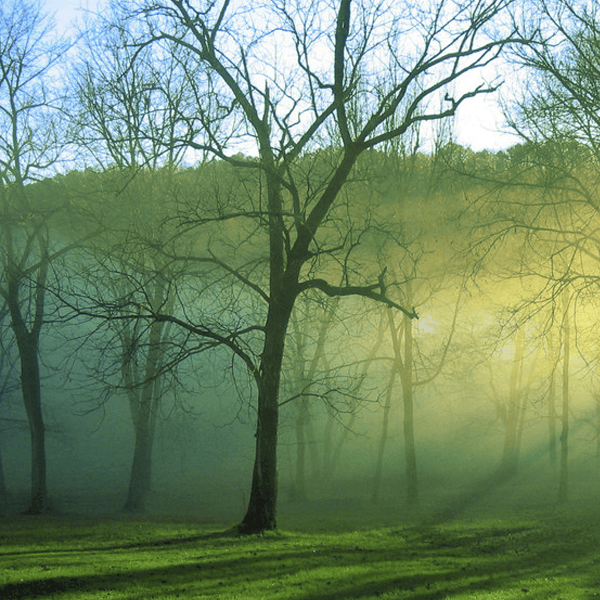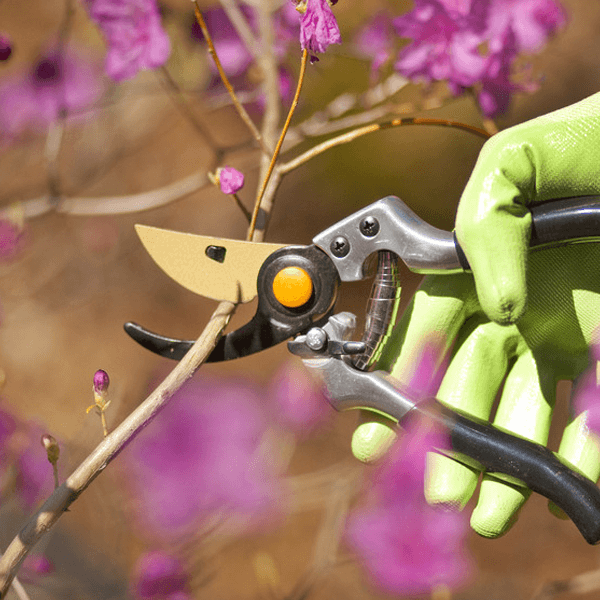Ash Dieback
Advice for Chalara dieback of Ash
Cotswold Tree Surgeons can offer advice on ash dieback in the Swindon area. We also serve clients across Wiltshire and Gloucestershire.
GET IN TOUCH
Chalara dieback of ash - Hymenoscyphus fraxineus
Another potentially catastrophic fungal pathogen has landed on our shores - this time affecting our ash trees. Ash is one of the most common broadleaved species in this country, and the loss of these trees would have a devastating effect on our landscape and woodland areas, similar to that caused by the spread of Dutch Elm Disease in the 1970s.
What is it?
Chalara dieback of ash is a fungal pathogen which attacks the leaves of ash trees, causing an infection which spreads from the leaf through the shoots and twigs and into the tree, causing lesions and tissue death. As the infection spreads through the tree, it may cause dieback of the crown, eventually leading to tree death. The infection is spread by airborne fungal spores, released from fungi which grow on the leaf litter of ash trees, which land on the ash leaves. Once these spores have landed, they germinate and enter the leaf as an infection.
History
Ash dieback has been present in continental Europe for a number of years, affecting ash trees in many different countries. Recent reports have suggested that up to 90% of the ash trees in Denmark have been killed by the pathogen. Chalara fraxinea was first found in this country in February 2012 at a nursery in Buckinghamshire on stock imported from the Netherlands, and has subsequently been found at a number of locations throughout Great Britain. However, whereas the initial pathogens were found to be on young trees which have a direct link to imported stock form Europe, it has now been detected on ash trees in many parts of the country, which have no association with the initial outbreaks.
Symptoms
- The initial symptoms on trees may be identified in two ways - firstly on the leaves and secondly by lesions on the twigs or branching.
- Leaves will initially show a blackening of all, or part, of their surface, be it at the tip, as spots on the leaf or as a darkening of the veins. As the infection spreads into the tree. it causes a lesion, often diamond in shape, spreading both upward and downward from the twig or branch union with the stem.
- It should be noted that the leaf symptoms may be similar to those of normal leaf discolouration at this time of year (autumn) and - if in doubt - it would be wise to look for other associated signs or seek expert analysis.
- The consequences of an infection may be seen as dieback of the outer branching of the crown, or - in the latter stages - as a partially or completely dead tree. But again, these symptoms may also be caused by an unrelated agent.
- The fungal fruiting bodies which omit the airborne spores grow within the leaf litter on the ground surrounding the tree.
Cotswold Tree Surgeons care for a number of trees and woodlands in Wiltshire, Gloucestershire and the nearby areas, and as such we shall be continually updating our own knowledge as new information arises. If we can be of any assistance to you with regard to this problem, please do not hesitate in contacting us. We will be happy to offer advice on detecting the symptoms, offering the latest guidance or reporting of an infection.
To find out more about our tree services, feel free to get in touch
with us today.
Need treatments to prevent ash dieback? Then call Cotswold Tree Surgeons in Swindon on
01793 771 742Contact us
Contact form
Thank you for contacting us.
We will get back to you as soon as possible.
We will get back to you as soon as possible.
Oops, there was an error sending your message.
Please try again later.
Please try again later.
© 2024. The content on this website is owned by us and our licensors. Do not copy any content (including images) without our consent.



